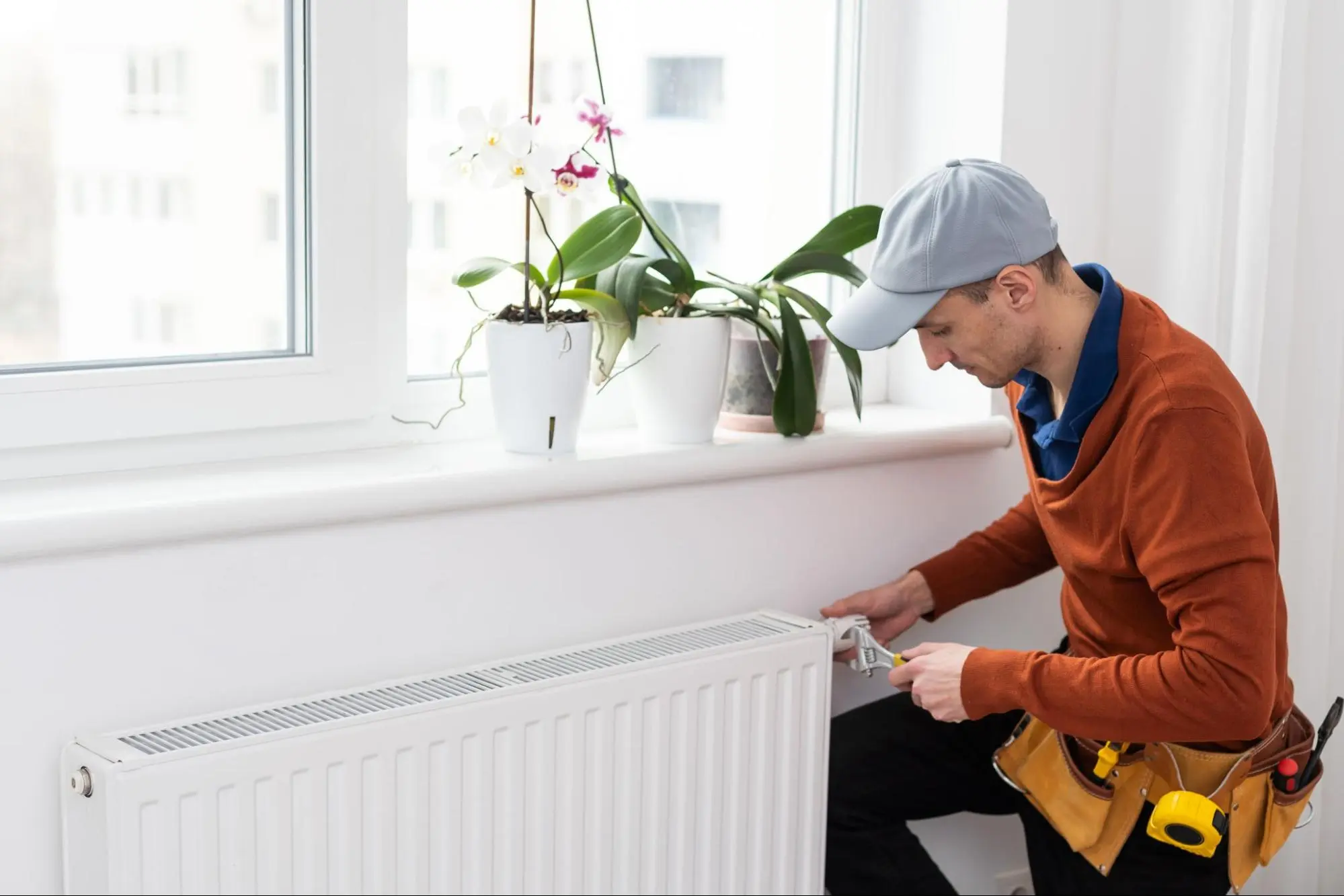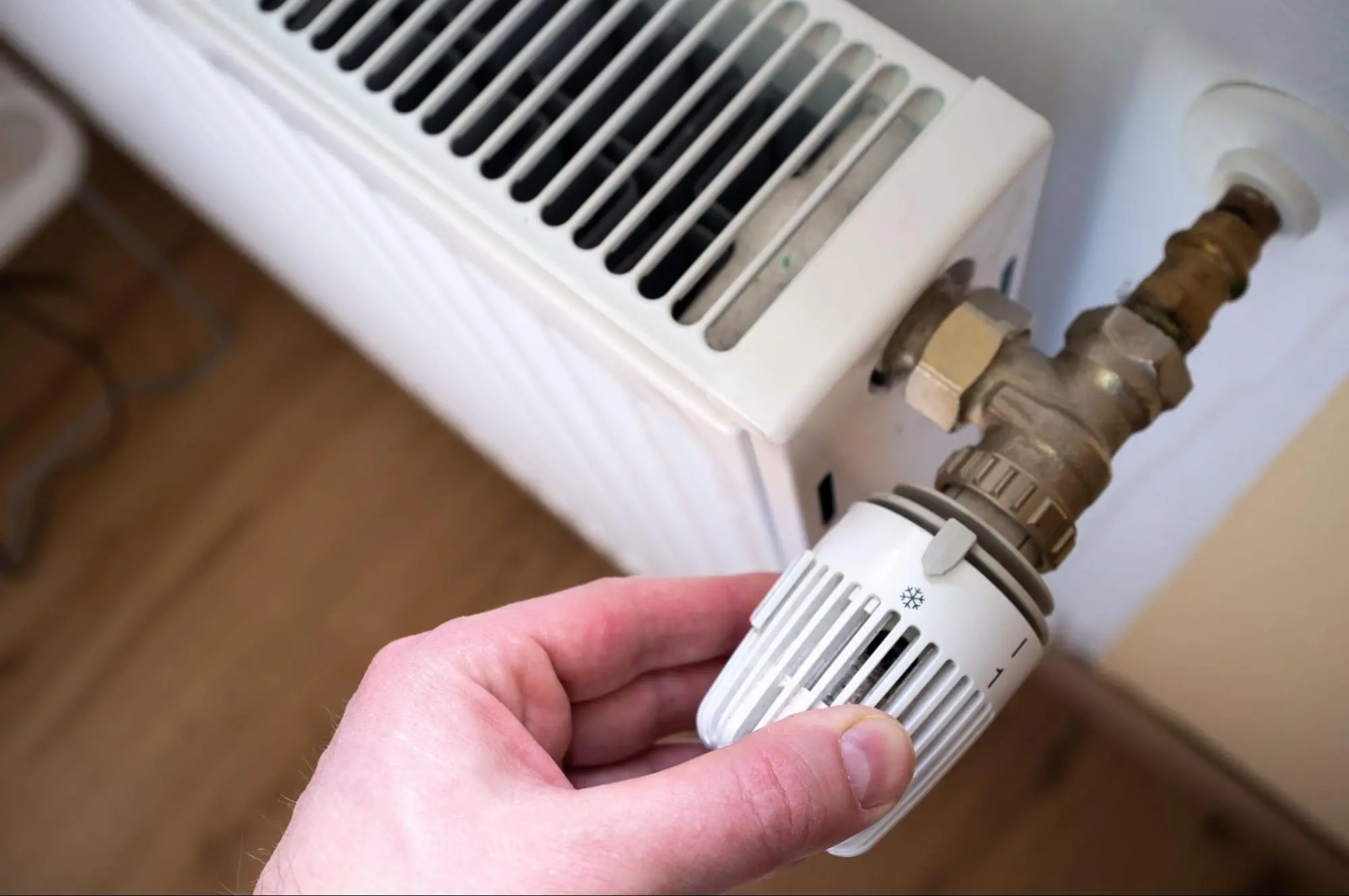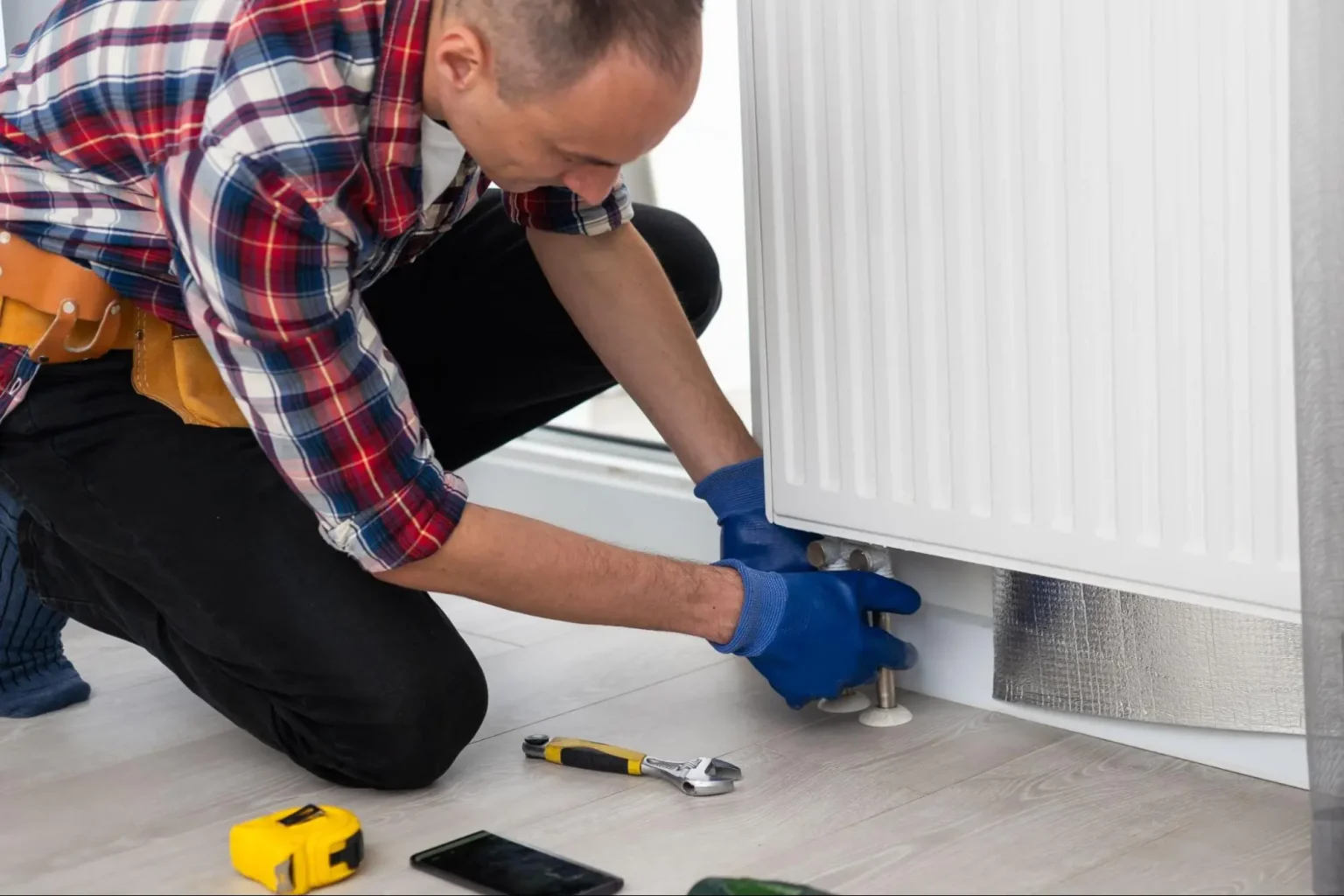
When your heating system fails, it can be a frustrating and stressful experience. Whether it’s a central heating system or another type, knowing how to diagnose and fix the issues is essential to get it running smoothly again. One key step is to check the thermostat settings, ensuring it is set to the desired temperature and in the correct mode.
Another common issue is poor airflow, often caused by clogged air filters. Regularly inspecting and cleaning these filters can greatly improve the efficiency of your heating system. If your furnace is not turning on, it might be a good idea to check the circuit breaker and fuse, ensuring that they are functioning properly.
Simple maintenance tasks like these can often prevent bigger problems down the road. By familiarizing yourself with these common issues and their solutions, you can save time and money. Keep reading to learn more troubleshooting heating steps and tips on maintaining your home heating system.

Diagnosing heating system failures can often seem daunting, but breaking it down into key areas can simplify the process. Focus on the thermostat, electrical components, and the furnace operation to effectively identify common problems.
Thermostats are crucial for regulating temperature. If your system is blowing cold air or not turning on, check the thermostat settings. Ensure it is in the correct mode (heat) and set to a temperature higher than the current room temperature.
Inspect the thermostat’s power source. Replace batteries if needed. Verify electrical connections are secure and not corroded. If the thermostat is malfunctioning, it may need recalibration or replacement.
Digital thermostats may display error codes. Refer to the manual to decode these errors. If the problem persists, consider consulting a professional technician, as a malfunctioning thermostat can affect the entire heating system.
Electrical problems often cause heating failures. Start by checking the circuit breaker. If it is tripped, reset it and see if the heater turns back on. Also, investigate for any blown fuses in the system.
Look over the circuit board for any signs of damage. Loose electrical connections can disrupt power flow to the heating equipment. Ensure all connections are tight and secure. Pay attention to LED indicators; a flashing light could indicate a specific fault or error code.
If troubleshooting these components does not solve the issue, the problem may lie deeper within the electrical system, such as with the ignition system or power supply. These situations often require a professional to diagnose and fix safely.
Furnace problems are common in heating systems. If the furnace is not producing hot air, start by inspecting the pilot light. For a gas furnace, ensure the gas valve is open and the pilot light is lit. If not, there may be a fault in the gas supply, or the igniter might need replacement.
Look at the flame sensor. A dirty or faulty flame sensor can prevent the furnace from igniting. Cleaning it may resolve the issue. Consider the burner assembly – clogged burners can also affect performance.
Short cycling, where the furnace turns on and off rapidly, often points to an overheating issue or a problem with the thermostat controls. Ensuring air filters are clean can help, as clogged filters restrict airflow and cause overheating.
For persistent problems, such as frequent short cycling or failed ignition, consulting with an HVAC professional is advised to properly address the malfunction.

Regular maintenance and timely repairs are crucial to keeping your heating system in good working order. This section will explain essential tasks such as cleaning and replacing air filters, ensuring proper airflow and ventilation, and checking fuel and heat exchange systems.
Air filters play a significant role in maintaining air quality and efficiency. Dirty air filters can block airflow and cause the system to overwork, increasing your home heating costs. You should inspect your air filters every month, especially during peak heating seasons.
If the filter looks dirty, replace it immediately. Most air filters are inexpensive and can be easily found at hardware stores. Keep a few spares on hand. If your system uses washable filters, follow the manufacturer’s instructions for cleaning. Cleaning usually involves washing the filter with water and letting it dry completely before reinserting it.
Proper airflow and ventilation are vital for efficient heating. Blocked vents and registers can restrict airflow, causing uneven heating and placing stress on the system. Make sure all vents and registers are open and unobstructed by furniture or drapes. Regularly inspect and clean your ductwork to prevent dust and dirt buildup.
Ensure that your fan and blower motor are operating correctly. If you notice unusual noises, it could indicate worn bearings or dislodged fan blades. Check for air leaks in the ductwork, and seal any gaps with appropriate materials. Proper duct sealing improves efficiency and air quality while reducing energy bills.
Your heating system’s fuel and heat exchange components also require regular checks. If you use an oil furnace or heating boiler, monitor the fuel levels and ensure the gas valve and sensor are functioning correctly. Inspect the heat exchanger for cracks or leaks, as a damaged heat exchanger can cause dangerous carbon monoxide leaks.
For systems using a thermocouple, make sure it is not worn out and can still detect the pilot light flame. Regular maintenance of these components keeps your system running safely and efficiently. It’s often best to have a professional HVAC technician handle these inspections, as they have the expertise to identify and correct potential issues.
When diagnosing heating system failures, start by checking the thermostat. Ensure it is set to the required temperature.
Next, examine the air filters. Dirty or clogged filters can cause major issues. Clean or replace them if needed.
Inspect the pilot light. A faulty or unlit pilot light can prevent the furnace from operating.
Check for unusual noises coming from the furnace. Sounds like banging or whining can indicate mechanical problems.
Look at the blower motor. Ensure it is running smoothly without any odd sounds or interruptions.
Analyze the ductwork. Make sure there are no blockages or leaks that could affect airflow.
Inspect the thermocouple. A malfunctioning thermocouple can stop the furnace from heating.
Safety first: Always turn off the power before inspecting any electrical components.
If you’re unsure about any step, consider reaching out to professionals. Kaminskiy Care and Repair offers expert heating installation and repair services making sure your home heating system is performing optimally. Contact us today.
Common causes include dirty ductwork and old filters. Issues like broken blower components or thermostat malfunctions also frequently occur. Regular maintenance can help prevent these problems.
Start with the thermostat. Make sure it’s set to “heat” and that the temperature is properly adjusted. Check for power issues, such as a tripped circuit breaker or blown fuse. Inspect the ductwork for leaks and replace clogged filters.
The first step is to check the thermostat. Ensure it’s getting power and that the settings are correct. If the thermostat is battery-powered, replace the batteries to see if it resolves the issue.
First, look at the thermostat settings. Ensure it’s on “heat” and set to the desired temperature. Next, check the power supply for issues like tripped circuit breakers or blown fuses. Inspect air filters and ductwork for any obstructions.